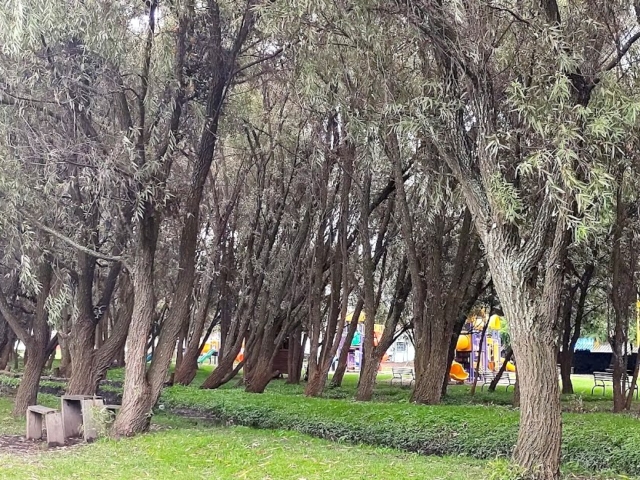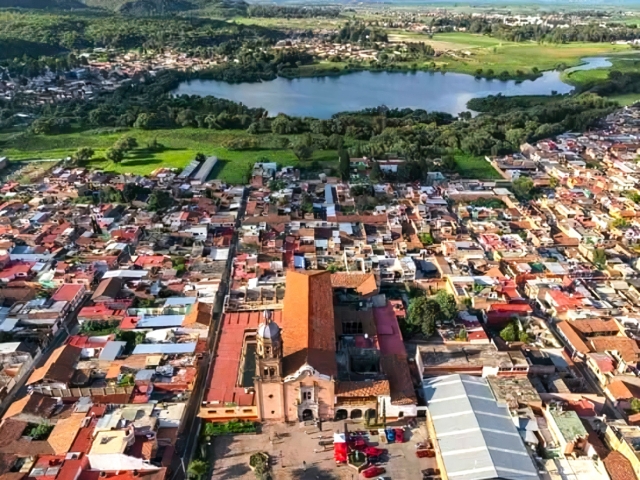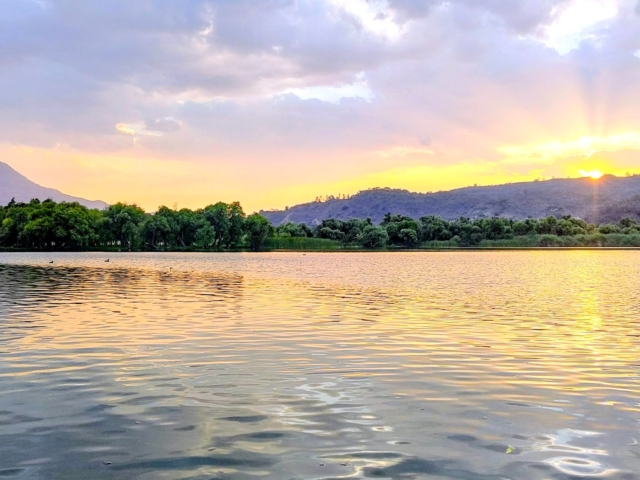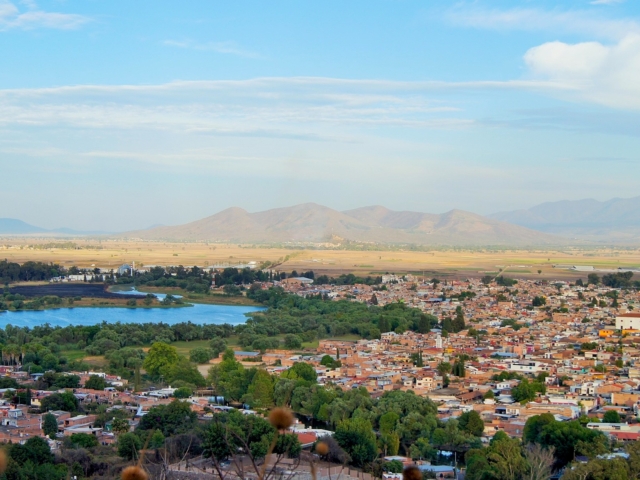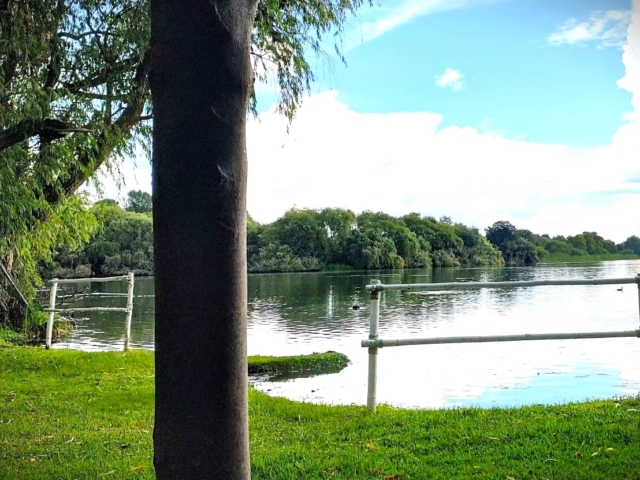
Adress
Laguna de Zacapu, Zacapu. Michoacán, México.
GPS
19.824168207703, -101.78715241217
KNOW MORE PLACES
VISITA OTRAS LOCALIDADES
En tiempos remotos, un pueblo se estableció en este inmenso territorio cubierto de un manto verde y rodeado de montañas, piedras y mucha agua. Por estar tan cerca de este precioso elemento, los habitantes vivían sobre todo de la pesca y de la caza. Las abundantes y fértiles tierras, regadas por varios manantiales, permitían al pueblo aprovechar las pródigas cosechas del campo; por otra parte, explotaban el tule y elaboraban con él petates y esteras. La laguna que hoy conocemos formaba en tiempos lejanos un lago inmenso y apacible; en sus aguas cristalinas los peces ha-cían el deleite de las familias. En la actualidad, ha cambiado la vida alrededor de la ciénega. Sin embargo, algunos pescadores siguen –igual que lo hacían sus antepasados– viviendo de la pesca y por ello desean protegerla y conservar el medio ambiente.
Today it is not easy to make a living from the lagoon for several reasons, the first of which is that its surface has decreased considerably, from a large lake of more than 60 hectares to only 24; in fact, the government of Porfirio Díaz began to drain the lagoon, which led to the flourishing of farms and the development of agriculture. Secondly, there is the situation that fish have become scarcer, and some species, such as catfish, have been wiped out due to the abuse of certain amateur fishermen. Another factor is the untimely overflow of water, which can be very difficult for the existence of the families who live on the shores of the lagoon, which sometimes forces them to live with their “feet in the water”. Several species have been introduced thanks to the efforts of the Zacapu municipality and the Fishermen's Union, founded in 1975. Thus, today we can point out 24 species that live in the lagoon; in particular, the very rare whitefish and the achoque, the water snake, the shot, and various carp, such as the pot-bellied, the grass, the fancy carp and the Israel carp.
We cannot fail to mention the rainbow trout, sardines (accumura) and blue-tailed minnows. In the marsh you can find black coots, herons, kingfishers and fishing gulls, and in the surroundings there are frogs and turtles, as well as magpies and armadillos. In September, when the cold becomes more severe in the northern winters, the Canadian duck arrives at the lagoon, but in May, when it is warmer, it returns to Canada. The most surprising thing about this lagoon is certainly the presence of clams. Fishermen say that this freshwater clam is very rare, and that it is possible to see it here in Zacapu because of the purity of its waters, which come from fourteen springs. However, all of these species are very fragile, and many of them could become extinct in a short time if we do not take care of the environment. That is why the Zacapu Fishermen's Union is not only dedicated to supporting the workers, but also to protecting the aquatic species of the swamp.
In addition to spending time relaxing, you can also go kayaking, play football and volleyball. You can also have a picnic.






